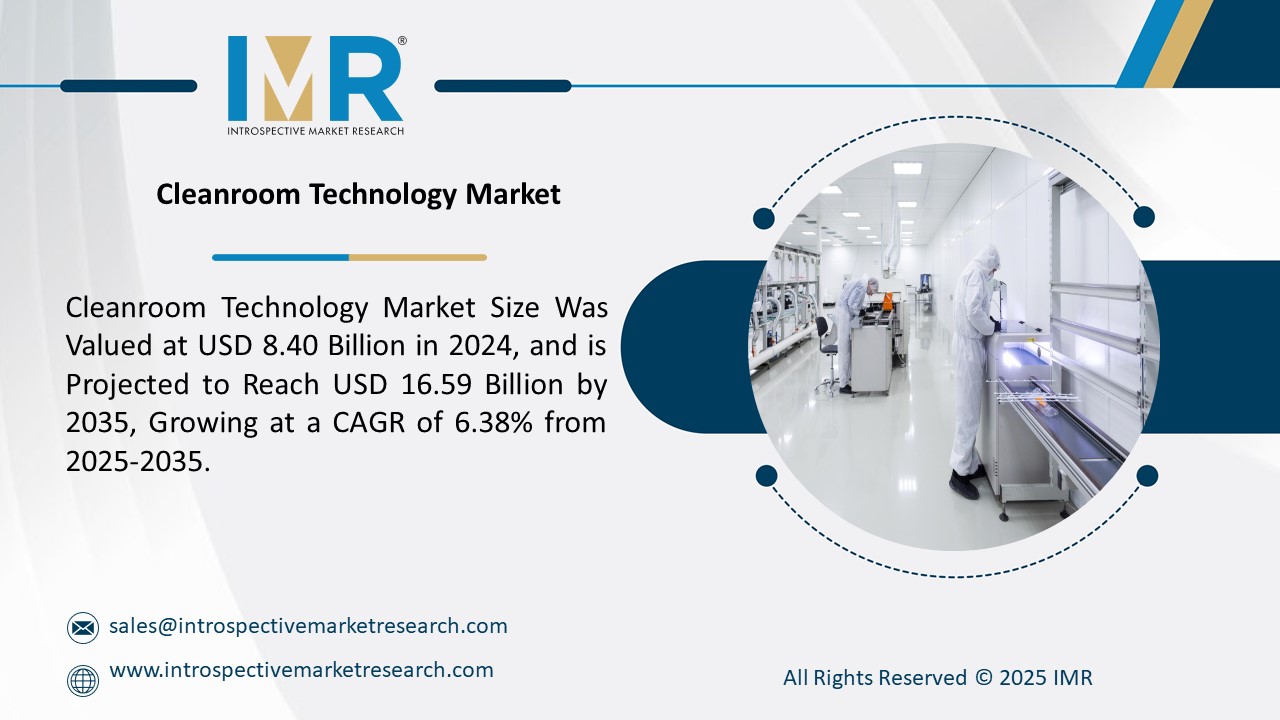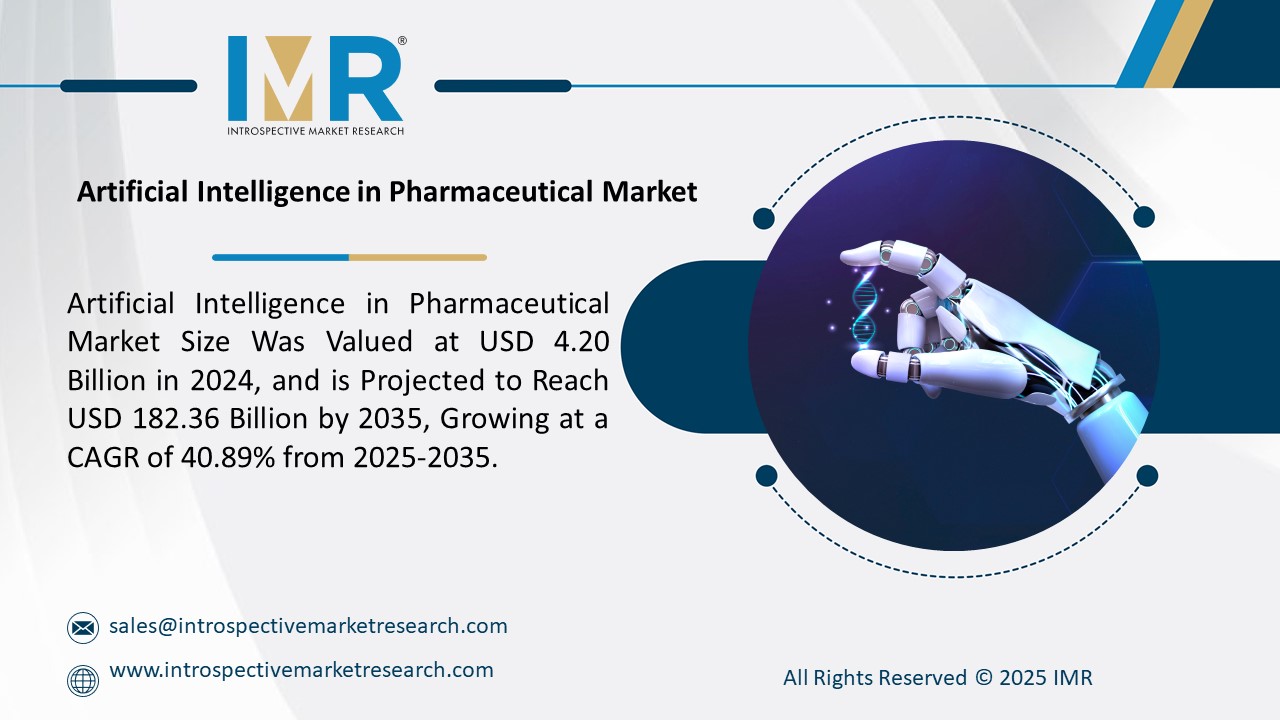Perimeter Defence System Market
According to a new report published by Introspective Market Research, titled, ?Perimeter Defence System Market by Type, and Application: Global Opportunity Analysis and Industry Forecast, 2024?2032,?
the global Perimeter Defence System Market Size Was Valued at USD 22.61 Billion in 2023, and is Projected to Reach USD 54.64 Billion by 2032, Growing at a CAGR of 10.3% From 2024-2032.
A Perimeter Defense System (PDS) secures physical or digital perimeters to deter intrusions. Physical security employs barriers like fences, walls, cameras, and motion sensors, complemented by personnel. In digital realms, firewalls, IDS (Intrusion Detection Systems), and IPS (Intrusion Prevention Systems) safeguard networks by filtering and responding to threats. PDS operates on defense in-depth principles, layering obstacles and surveillance to fortify security. For instance, an outer fence with cameras and motion-triggered alarms offers initial protection, enabling rapid response to breaches. In cybersecurity, technologies like SIEM (Security Information and Event Management) provide real-time analysis of network security, ensuring data confidentiality and integrity.
According to the global Perimeter Defence System market analysis, the market is divided by Type, and Application, and geographical division. By Type, the market is categorized into Infrared Contrast, Laser Beam, Electric Fence, Microwave Contrast, Leaky Cable, Tension Fence, and Vibration Cable. By Applications, the market is categorized into Family, National Defense, Military Industry, and Municipal. By geography, it includes North America, Europe, Asia-Pacific, and LAMEA markets. Further, the report also covers the strategies adopted by key market players to sustain a competitive environment and increase their market share.
The Perimeter Defense System (PDS) market is witnessing a notable trend toward increased adoption, particularly in smart cities. PDS encompasses a range of security measures aimed at protecting physical and virtual boundaries from unauthorized access. Smart cities leverage advanced technologies such as IoT and AI to enhance urban living standards, necessitating robust security systems. These systems include intelligent surveillance, smart access control, and integrated security networks, which are vital in mitigating cyber and physical threats posed by urban connectivity. Perimeter Intrusion Detection (PID) Systems are integral to PDS, employing sensors, cameras, and AI to detect and respond to intrusions swiftly. The market is poised for growth driven by heightened security concerns across industries, emphasizing the demand for sophisticated, integrated security solutions.
Global Perimeter Defence System Market, Segmentation
The Perimeter Defence System market is segmented based on Type, and Application. and region.
Type:
Perimeter Defense Systems (PDS), infrared contrast technology stands out prominently. It utilizes infrared sensors to detect temperature differentials, making it effective even in low or no light conditions, ideal for continuous surveillance. Unlike technologies reliant on visibility, infrared systems detect body heat, thus bypassing visual and darkness limitations, enhancing their efficacy in security applications worldwide. Modern advancements integrate AI-driven features like image recognition and motion detection, reducing false alarms by distinguishing human intruders from benign entities. This intelligent analysis is crucial in sensitive areas like military bases and airports. Moreover, infrared systems offer cost-effectiveness and installation flexibility, catering to diverse security needs from industrial facilities to residential settings. As security threats evolve, the demand for infrared contrast technologies is expected to grow, reinforcing their pivotal role in future PDS enhancements.
Application:
The military sector stands out as the primary purchaser in the Perimeter Defense System market, driven by its critical security needs. These requirements encompass safeguarding military facilities, bases, and operational centers against diverse threats such as espionage, sabotage, and terrorism. Consequently, substantial investments are made in advanced technologies like infrared contrast, laser beams, electric fences, and microwave sensors to ensure robust perimeter protection. The military's significant financial commitment ensures the deployment of cutting-edge security solutions tailored to varying levels of security across different locations and sizes of military installations. Moreover, the ongoing evolution of security threats necessitates continual innovation in perimeter defense technologies, reinforcing the military's dominant position in shaping and expanding the market for years to come amid global geopolitical uncertainties.
Region:
The North American market for Perimeter Defense Systems thrives due to substantial investments in security and defense systems, led by the USA. These investments, reaching billions annually, ensure the protection of borders, governmental institutions, and critical infrastructures from threats like terrorism and cybercrime. North America benefits further from its concentration of information security buyers and industry-leading technology firms, fostering innovation in perimeter defense solutions. Companies in the region prioritize research and development, advancing technologies such as AI surveillance and sophisticated sensors. Moreover, stringent legal requirements mandate high-security standards for critical infrastructure, boosting demand for advanced security systems. These factors collectively solidify North America's position as a dominant force in the global perimeter defense market, supported by continuous investment, technological advancement, and favorable regulatory frameworks.
Some of The Leading/Active Market Players Are-
- Advanced Perimeter Systems Ltd. (United Kingdom)
- Advanced Technology Video, Inc. (United States)
- Anixter International Inc. (United States)
- Axis Communications AB (Sweden)
- Bosch Security Systems (Germany)
- CIAS Elettronica Srl (Italy)
- Dahua Technology Co., Ltd. (China)
- Fiber SenSys Inc. (United States)
- FLIR Systems, Inc. (United States)
- Future Fibre Technologies Ltd. (Australia)
- Harper Chalice Group Ltd. (United Kingdom)
- Hikvision Digital Technology Co., Ltd. (China)
- Honeywell International Inc. (United States), and Other Active Players
Key Industry Developments
- In August 2023, As part of the naval platform systems integration, the DESEAVER MK-4 Counter Measure Dispensing System (CMDS) is set for sea trials in the Israeli Navy in cooperation with Elbit Systems.
- In September 2023, designed to fly up to 24 hours per charge, Skyfront Perimeter 8 and 8+ UAS comes under Green UAS certification following approval from the Association for Uncrewed Vehicle Systems International (AUVSI). This fulfills the first round of compliance testing for the program and therefore qualifies the platform for the green UAS cleared label This certification confirms that commercial drones such as Skyfront Perimeter 8 as well as 8+ meet the highest standards in intrusion detection in terms of cybersecurity and NDAA supply chain compliance.
Key Findings of the Study
- The global Perimeter Defence System market is set to grow significantly, with a projected increase from USD 22.61 billion in 2023 to USD 54.64 billion by 2032, driven by a compound annual growth rate (CAGR) of 10.3%. This growth underscores rising security concerns across various sectors, necessitating advanced perimeter defense technologies.
- The military sector dominates the demand for Perimeter Defence Systems, driven by stringent security requirements for protecting bases and facilities against espionage, sabotage, and terrorism. Significant investments in advanced technologies like laser beams and electric fences underscore the sector's commitment to robust perimeter protection.
- North America, particularly led by the USA, is a key market for Perimeter Defence Systems. High investments in security and defense systems, coupled with a concentration of technology firms and stringent regulatory standards, contribute to the region's leadership in innovation and adoption of advanced security solutions.






